In the current VUCA (Volatile, uncertain, complex and ambiguous) times, most organizations are under constant pressure to innovate and transform themselves to compete well and offer exceptional client service. This has intensified the importance of employing a specialist executive, Chief Transformation Officer, who can supervise the change in real-time and enable organizations to deal with the shift and changing dynamics.
Any transformation program entails risk around existing processes, technology and culture. A well-supported transformation leader at the executive table can play a pivotal role in reducing the risks and successfully executing a digital transformation initiative. (See: How is digital transformation shaping the new future?)
While such roles have been in existence for some time, their demand has grown recently. This may be primarily due to the massive expansion of digital transformation programs by various organizations at all levels.
According to a recent report by EY , the CEO and Chief Strategy Officer are traditionally charged with formulating strategy. But executives now indicate that a broader group is joining them, including the Chief Growth Officer, Chief Transformation Officer, and Chief Sustainability Officer. The report notes that this may sign the pace of change and the importance of non-financial measures, such as environmental and regulatory factors in a company’s market value.
Why do firms need transformative leaders?
When the coronavirus pandemic confronted enterprises, not many were well-equipped to manage the crisis. The pandemic’s outbreak pushed enterprises of all scales to control cost, find a workaround for business continuity, integrate various digital technologies in their business ecosystem, and remain innovative.
At the beginning of the pandemic, several organizations had a hard time managing the turbulent business environment and sought expert advice to drive change. After all, creating healthy balance sheets and maintaining relevance in an ecosystem of significant change requires a targeted approach that can only be carried out by a specialist. The disruptions caused by the pandemic were no different from a global war-like situation. And events like these have far-reaching economic repercussions than we think. (See: Online project management tools: Top office suite analysis)
Tech leaders were trying to catch up with the growing uncertainty and interrupted cash flows. In addition to allowing a thriving remote work environment and protecting their workforce from the pandemic’s impacts, there was also a blur around political and economic agendas, testing the mettle of businesses, and technology leaders. Most small- and medium-sized businesses were concerned about shutting down soon.
In this context, the importance of Transformation Leader or Chief Transformation Officer has been widely relayed through numerous leading companies’ executive committees. Businesses have increasingly realized that someone must take responsibility for leading change because transformation requires strength, attention, collaboration, and clear accountability.
The Transformation Leader’s role is to lead the transformation program and enable all employees, external stakeholders, or customers to drive change. This is about guiding the organization through the disruption and getting buy-in from all stakeholders.
A paradigm shift
A few years ago, not many organizations had this role, and it was also short-lived. The main reason was that the transformations were relatively infrequent and that companies were afraid of investing money in a temporary role. However, today, in growing complicated circumstances, businesses realize the importance of developing a consistent goal-oriented transformative strategy that can bring both short- and long-term value to their stakeholders while keeping operational costs under check.
The Chief Transformation Officer is responsible for analyzing the customers changing behavioral patterns and continually look at the market dynamics to help organizations stay competitive. They work in partnership with the company’s technology, human resources, and financial leadership, improving processes and metrics.
As transformation programs move forward, the Chief Transformation Officer will focus on the evidence-based perspective and a managing behavior resistant to change. They play a crucial role in enabling employees to embrace new changes through training and necessary information sharing.
Given that in 2021, technologies such as robotic process automation and the internet of things (IoT) will take center stage to drive productivity, new age models, and standardization, investing in the role of Chief Transformation Officer will help enterprises accelerate their business strategy. (See: RPA-led tools helping enterprises sail safely through a storm)



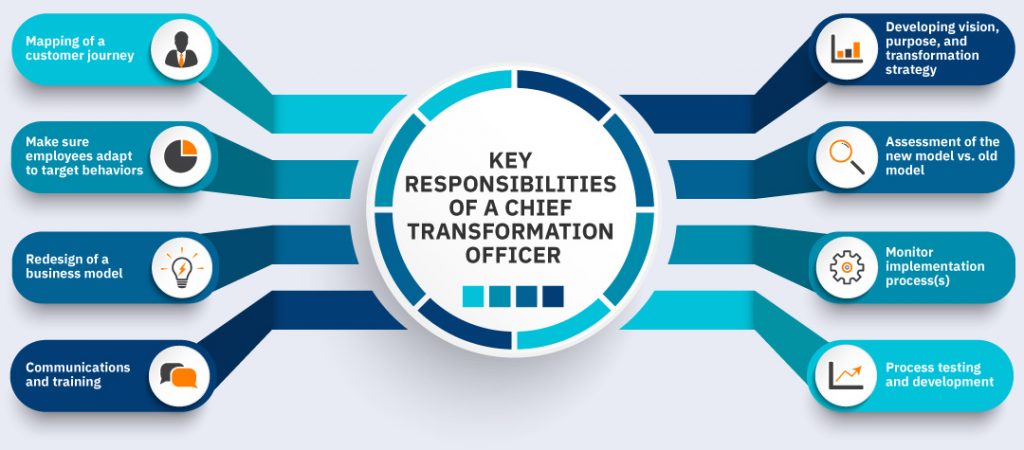

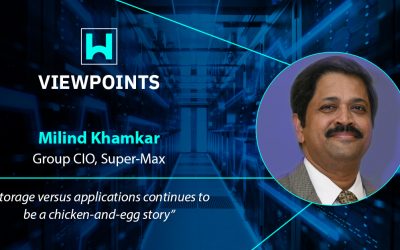
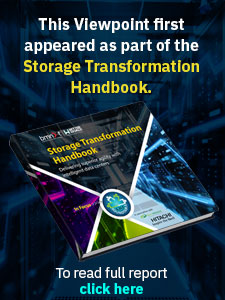
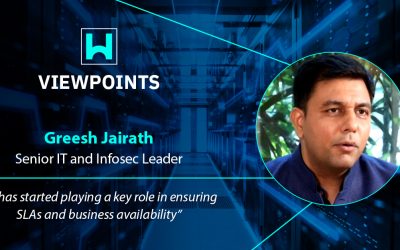

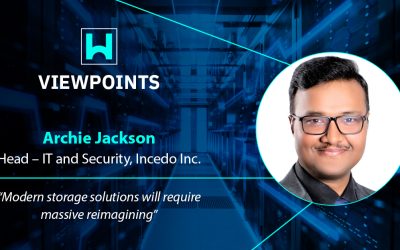
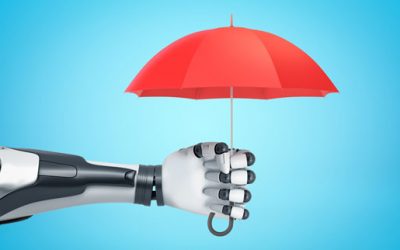
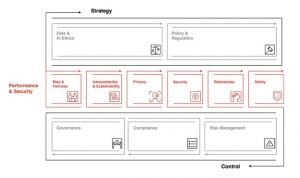
0 Comments